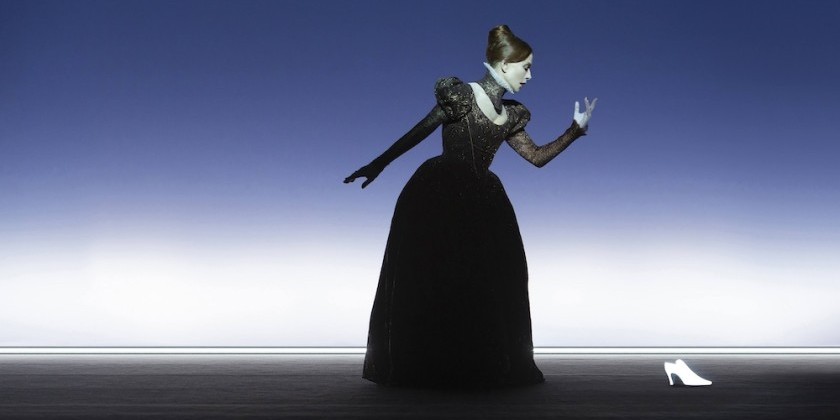DAY IN THE LIFE OF DANCE: "The Joffrey + Ballet in the US" at New York Public Library (Part 2)

That the Joffrey Ballet could embrace modern choreography while also championing the neo-classicism of Frederick Ashton is a key point historian Julia Foulkes and assistant curator and former Jofferey dancer, Nicole Duffy makes in their exhibition The Joffrey + Ballet in the U.S., curated for the New York Public Library of the Performing Arts at Lincoln Center. Here Ashton’s Cinderella and Les Patineurs share a room with dances by Jiří Kylián and William Forsythe. Another early teacher of Robert Joffrey’s, Mary Ann Wells, had studied modern dance at Bennington, and gave her students a floor barre. Wells’ openness was at the root of the Joffrey Ballet’s later eclecticism.
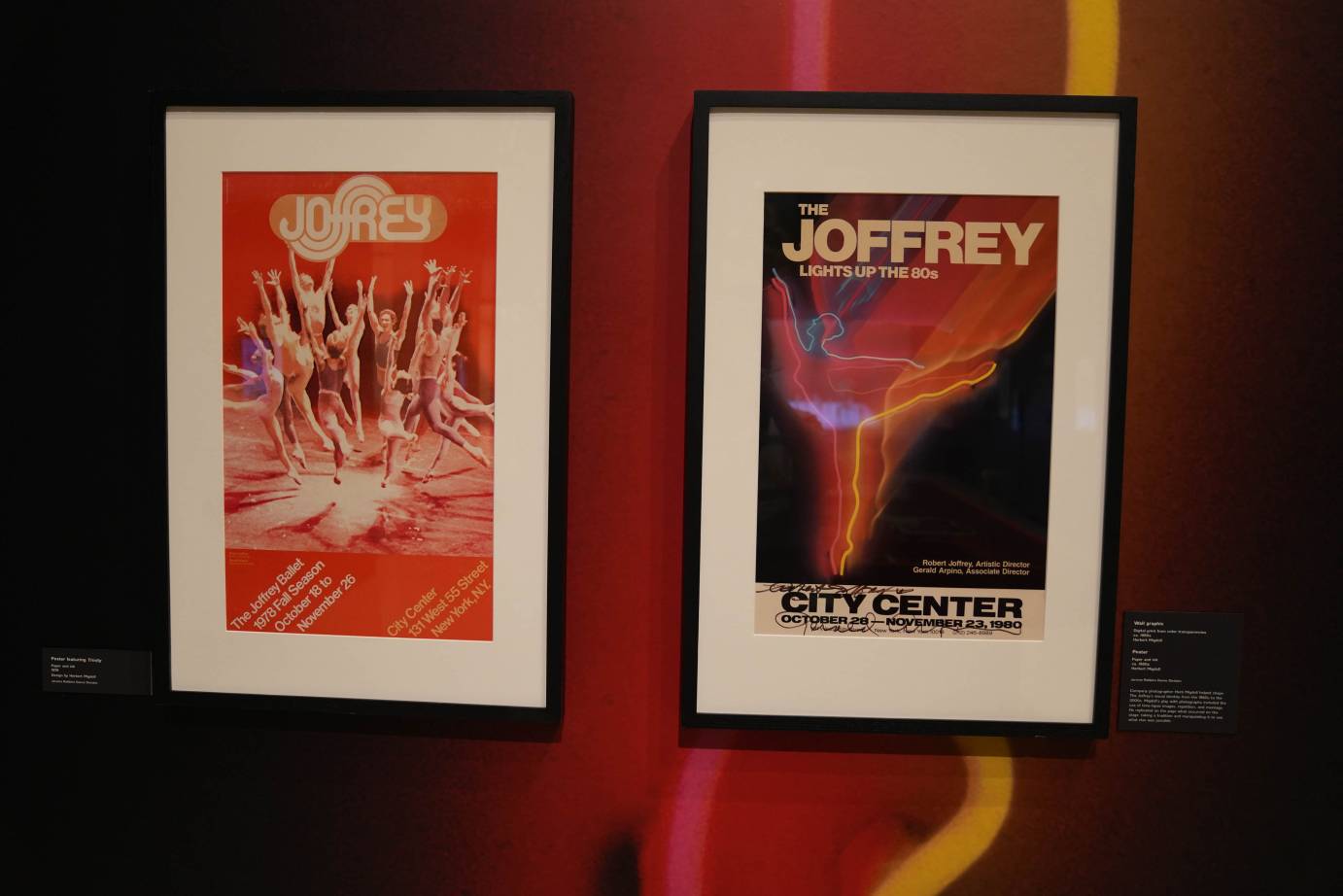
In the third gallery, we hear Robert Joffrey tell an interviewer how he selects his dancers, suggesting that physical aptitude is as important as the ideal ballet body; and that America’s contribution to ballet is the versatility that comes from training in a variety of styles. Elsewhere in this room, we see what this ballet-as-melting pot philosophy means. A video of three Arpino ballets documents the influence of sports in Olympics, of popular dance styles in Trinity, and of Caribbean dance in Touch Me. In a nearby photo, African-American dancer Christian Holder poses elegantly at the center of a pas de trois.
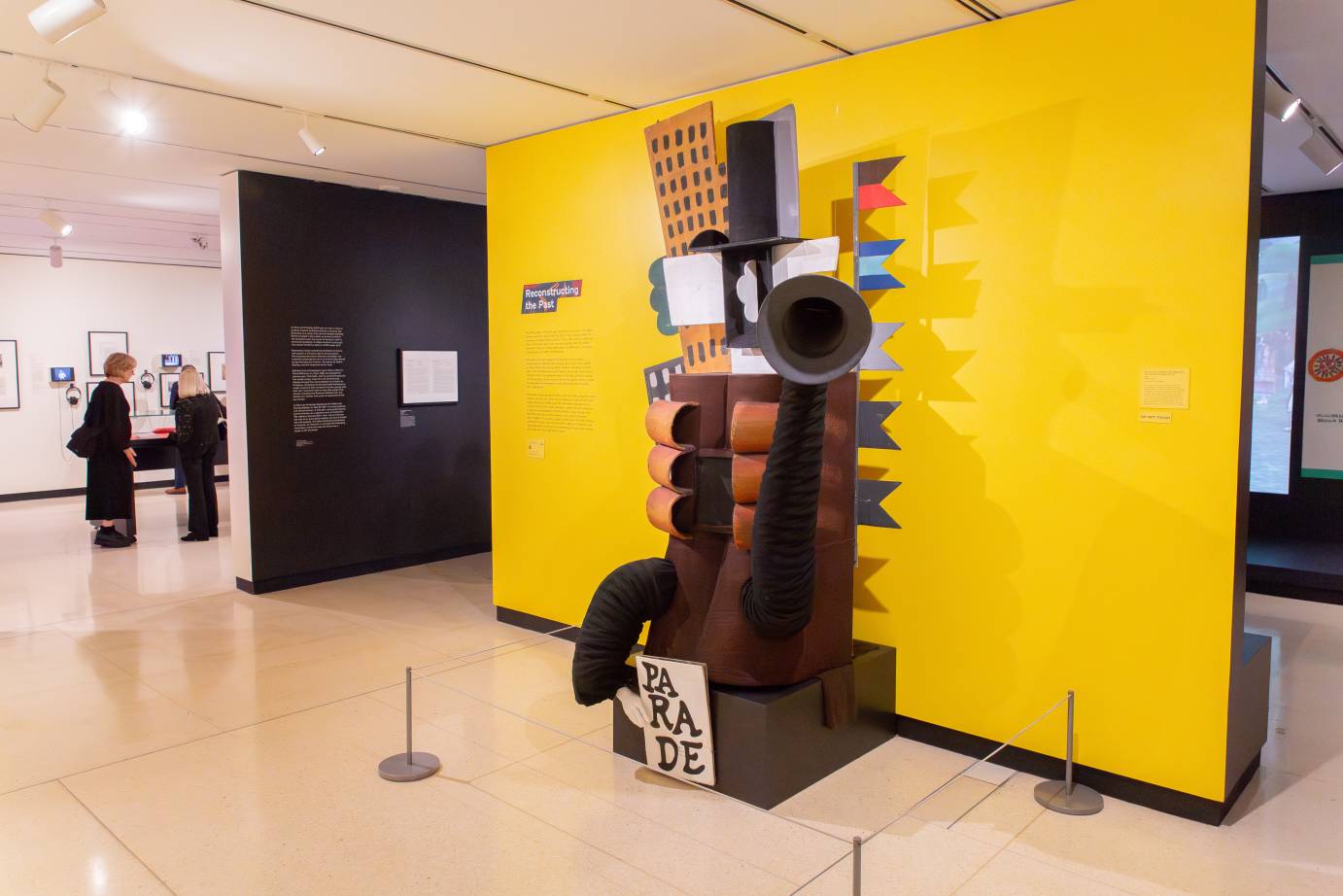
Like the Ballet Russe, the Joffrey Ballet would also provide a link between ballet’s past and present. The fourth and fifth rooms of this exhibition bear the label “Reconstructing the Past,” and contain mementos of the Joffrey Ballet’s highly publicized stagings of Parade (1973) and of Le Sacre du Printemps (1987). No distinction is made, unfortunately, between these two productions, though Parade’s choreographer, Léonide Massine, was on hand to supervise the revival of his ballet, while the Joffrey’s Sacre was mostly wishful thinking. Pablo Picasso’s Cubist construction for “the Manager from New York” in Parade is the single most spectacular item in this exhibition, and with its theme of fairground performers trying to scare up an audience, Parade could not be more relevant. Yet the exhibition does not do justice to this amazing ballet; nor to Massine, who contributed several works to the Joffrey repertoire from Le Beau Danube to Pulcinella, and from Le Tricorne to Les Présages.
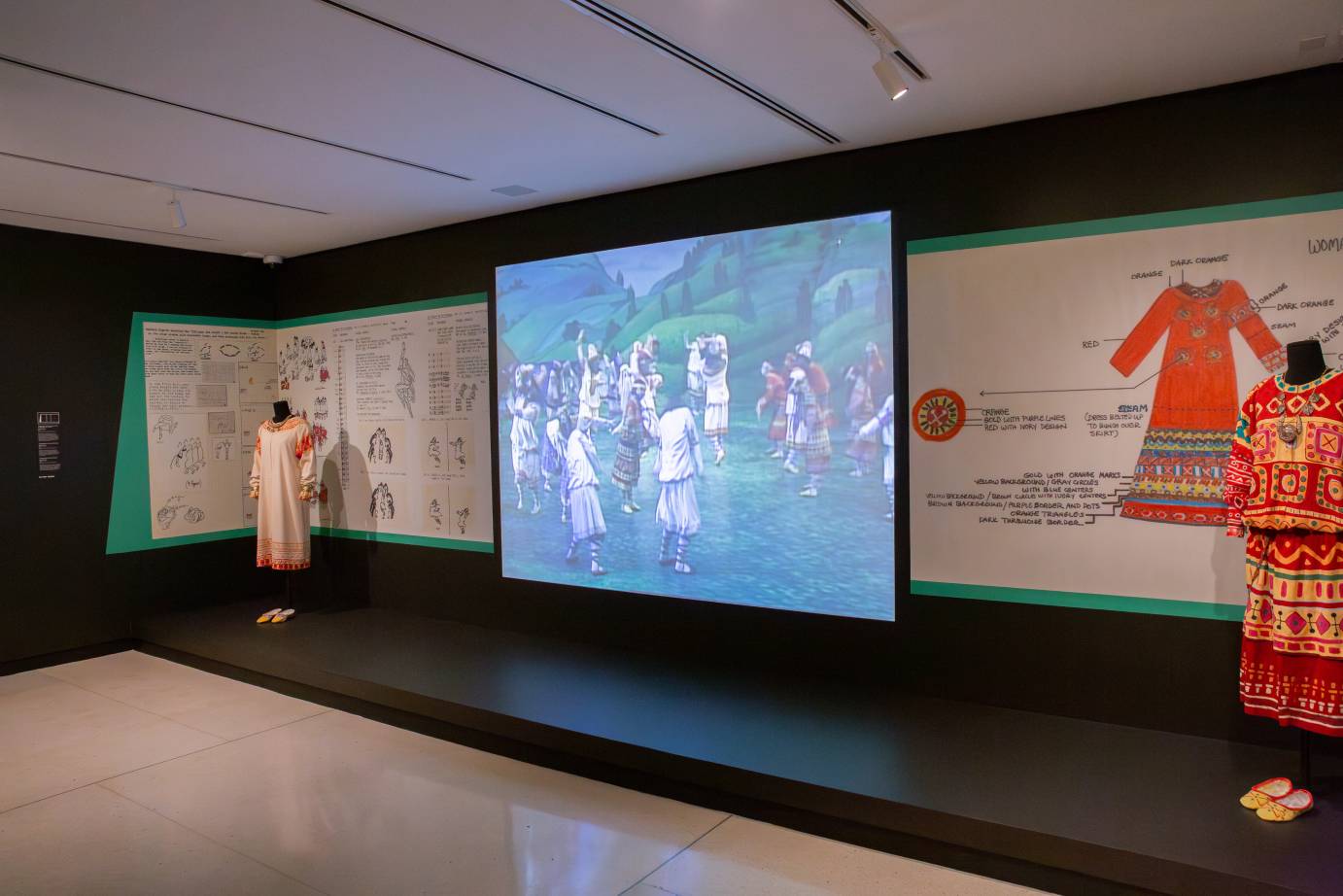
Historic revivals (which also included Michel Fokine's beloved Petrouchka; Vaslav Nijinsky' L’Après-midi d’un faune, and Bronislava Nijinska's Les Noces) were personally important to Robert Joffrey, who as a star-struck child performer had once bumped into Massine backstage, and whose mentors included dance historian Lillian Moore. Revivals also supplied the company with the intellectual gravitas it needed to compete with its sophisticated rival, New York City Ballet. Critics who were camp followers of City Ballet (The Balanchine Mafia™) might rail against the Joffrey’s populism, but balletomanes adored the history. So, in 1977, the same year that the Joffrey presented a revised version of Twyla Tharp's Happily Ever After, it also resuscitated the 19th-century pas de six from La Vivandière.
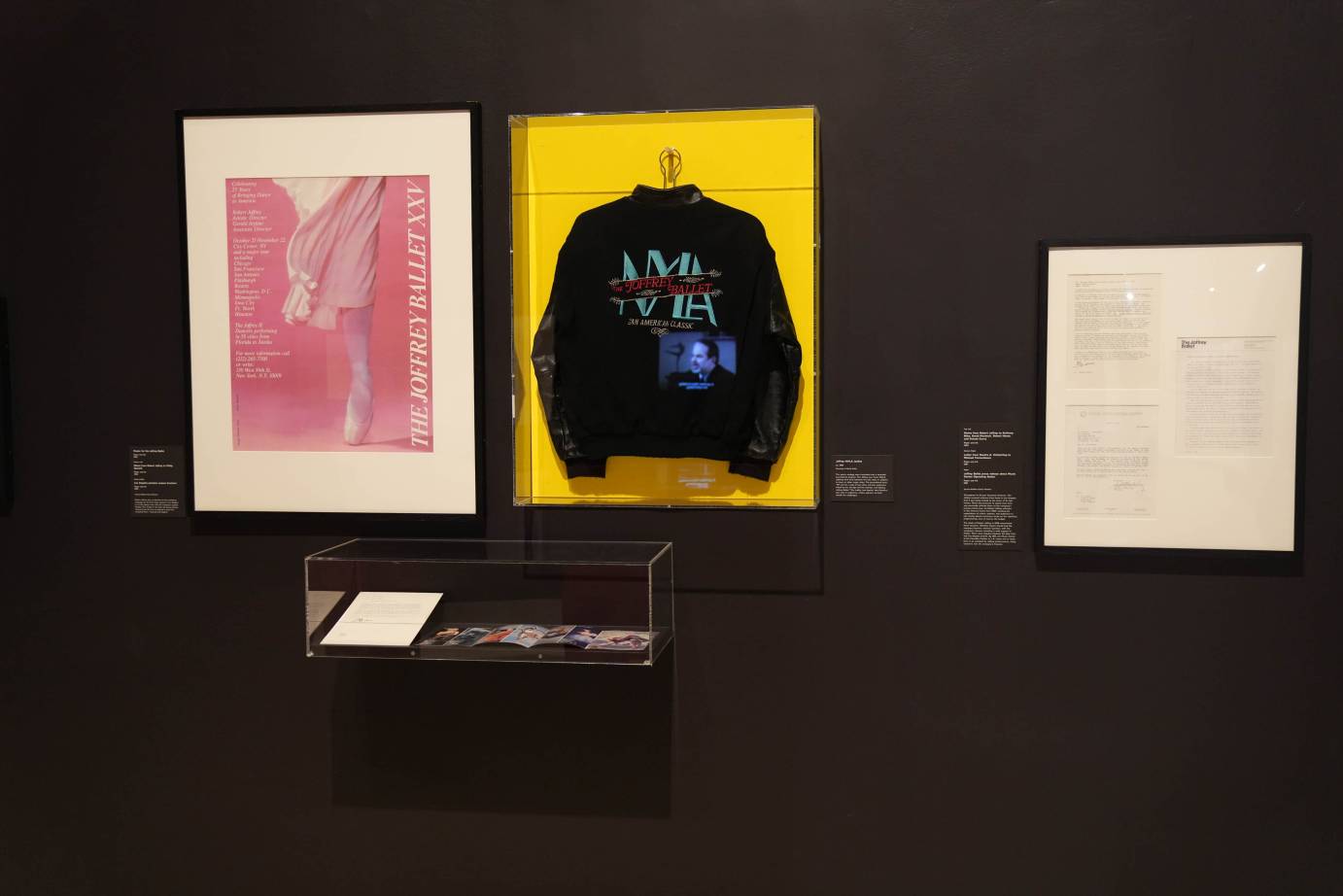
The final gallery in the exhibition, titled “The Business of Ballet,” tries to untangle the messy story of how the Joffrey Ballet, a cultural phenomenon and an artistic powerhouse, nonetheless crashed and burned. Did the Joffrey outgrow its funding sources? Was it sabotaged by management intrigues, or by the politics of the New York dance scene? What role did monetary inflation play, and the decline in government support? Did funders’ priorities change? Although the Joffrey Ballet repertoire gradually became more mainstream, this company’s message of historic continuity and personal liberation remained antithetical to fascism. Did the powers-that-be finally conclude that life-affirming democratic art was not in their interest?
Clearly, it did not help that Robert Joffrey succumbed to AIDS in 1988. Although the NYPL exhibition addresses the impact of the AIDS crisis, it displays those materials in the wrong room. Joffrey’s premature and tragic death, age 59, belongs with his company’s financial woes, since of the two founders he was the troupe’s charismatic salesman. For years, he had also been a bulwark between Arpino and his enemies. After Joffrey’s death, Arpino had to repel an attempted coup.

The exhibition’s final room draws attention to the importance of marketing, with newspaper headlines blazoned across the walls, and display cases filled with “merch.” Magazine ads show the Joffrey Ballet trading on its celebrity to peddle wine and furs. Ballet, too, is a luxury item. In a television interview, Robert Joffrey and other experts discuss the challenge of funding the arts; and these figures resemble characters in a farce, with the ballet director looking devious, the theater director somber, the museum director insouciant, and the shark-like businessman ready to eat them all. We are told that Billboards,the company’s attempt to capture a new generation of youthful fans, “was a marketing campaign as much as an evening of dances.” Billboards’ premiere took place in Iowa, as far from the New York critics as possible, and amid the kind of boosterism Sinclair Lewis would have admired. The spectacle of ballet amid the cornfields made the nightly news. Chicago beckoned.

Evidently, the Joffrey Ballet is still with us; so, the exhibition concludes on an optimistic note. Yet no one imagines that the Joffrey today is the same globe-trotting company that turned-on hipsters in the 1960s. Arpino died in 2008, and the troupe no longer fields an in-house choreographer. Though it finally laid to rest the Ruth Page Foundation’s Nutcracker, as the only major ballet company in Chicago the Joffrey must be all things to its fans instead of carving a niche for itself among its classical peers. Its commitment to history — even its own history — is half-hearted at best, since what competition it does have comes from local moderns. Touring is a thing of the past. In short, the Joffrey Ballet today is just another regional company.
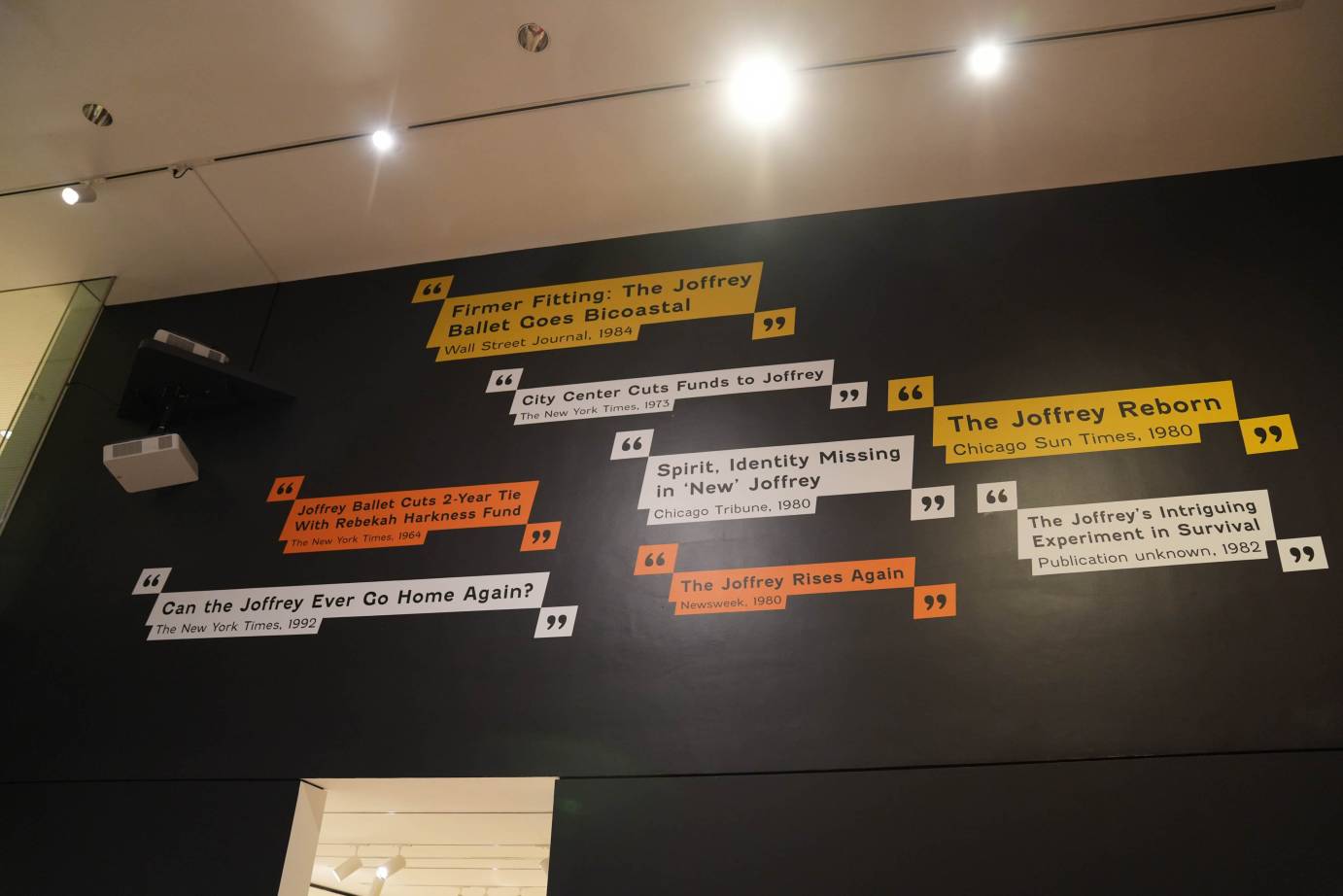
Most concerning of all is the fact that the nation that produced the Joffrey Ballet no longer exists. No company was more attuned to the culture in which it lived and worked; but now the skies over America are growing dark. As the company’s debts accumulated in 1992, forcing it to hustle out of town, a New York Times headline asked, “Can the Joffrey Ever Go Home Again?” Can any of us?











